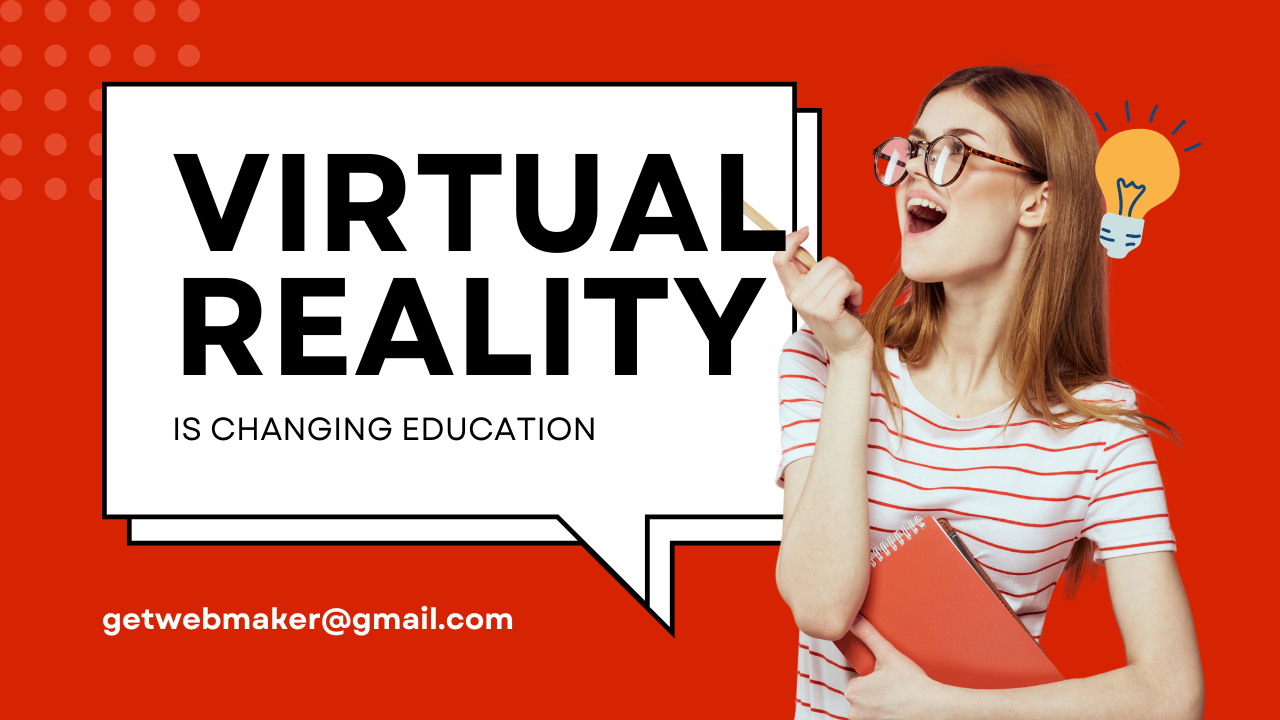How Virtual Reality Is Changing Education

What Is Virtual Reality in Education?
Virtual Reality in education involves using VR headsets and software to create immersive learning environments. These environments simulate real-world or imagined settings, allowing students to explore, interact, and learn in ways that traditional methods can’t match. Imagine learning about the solar system while walking on the surface of Mars or studying human anatomy by virtually navigating through the human body.
Key Benefits of VR in Education
1. Enhanced Engagement
Traditional learning methods can sometimes fail to capture students' attention. VR changes this by providing interactive and visually appealing experiences. For instance, history lessons come alive as students virtually visit ancient civilizations, making learning more engaging and memorable.
2. Hands-On Learning
VR allows for experiential learning, where students can practice skills in a safe and controlled environment. Medical students, for example, can perform virtual surgeries before working on real patients, reducing the risk of mistakes and enhancing their confidence.
3. Accessibility
VR breaks geographical and financial barriers. Students from remote or underprivileged areas can access world-class educational content and experiences without leaving their homes.
4. Personalized Learning
With VR, education can be tailored to suit individual learning styles and paces. Interactive simulations adapt to the learner’s progress, ensuring better retention and understanding.
5. Collaboration and Teamwork
Many VR applications foster collaboration by allowing multiple users to interact in the same virtual environment. This promotes teamwork, problem-solving, and communication skills.
Applications of VR in Education
1. STEM Education
VR is making science, technology, engineering, and mathematics more accessible and exciting. Students can conduct virtual experiments, visualize complex concepts, and develop critical thinking skills.
2. Language Learning
Virtual environments provide immersive language experiences. Students can practice speaking with virtual natives or navigate real-world scenarios, such as ordering food at a restaurant in another language.
3. Special Education
For students with disabilities, VR offers customized learning environments that address their unique needs, providing them with opportunities to learn without limitations.
4. Professional Training
VR is extensively used in vocational training, from pilot simulations to emergency response drills. These realistic scenarios prepare learners for real-world challenges without actual risks.
Challenges of Implementing VR in Education
While the benefits are vast, there are hurdles to overcome:
- Cost: VR equipment and software can be expensive for schools to implement on a large scale.
- Technical Skills: Educators may require training to effectively use VR tools in the classroom.
- Content Development: Creating high-quality VR content tailored to specific curricula is time-intensive and costly.
The Future of VR in Education
As VR technology becomes more affordable and accessible, its adoption in education will grow exponentially. Upcoming advancements in AI and 5G connectivity will further enhance the quality and interactivity of VR experiences, making education more inclusive, engaging, and effective.
Conclusion
Virtual Reality is not just a technological novelty; it is a transformative tool that holds the potential to redefine education as we know it. By making learning more interactive, accessible, and personalized, VR is preparing students for a future where knowledge and innovation go hand in hand. As schools and institutions embrace this technology, the possibilities for education are limitless.
